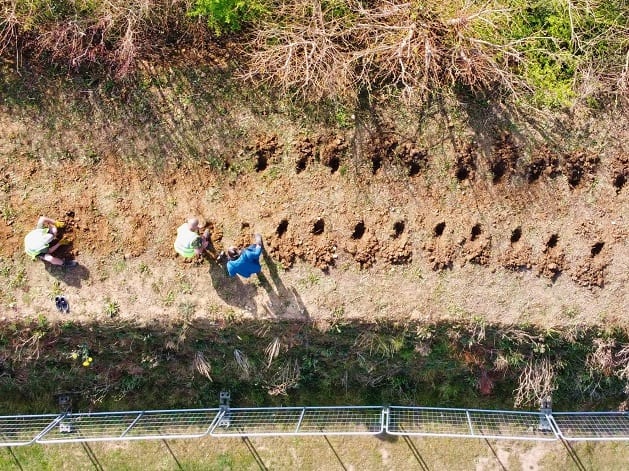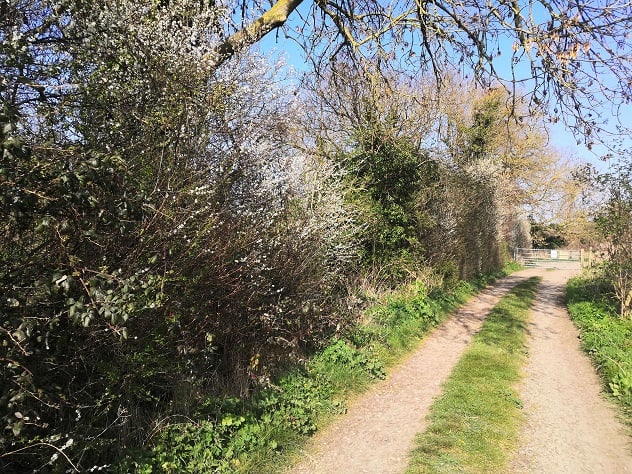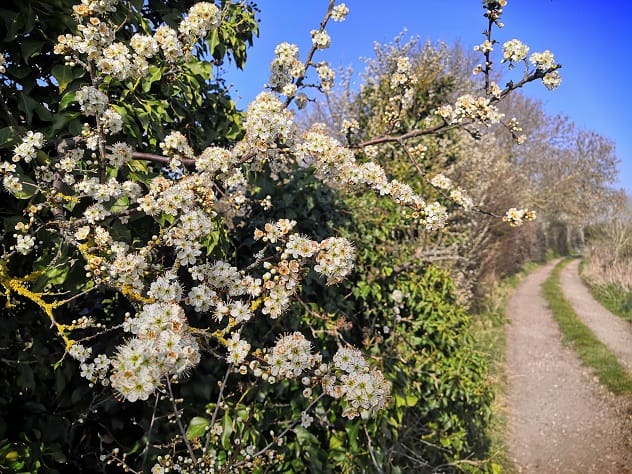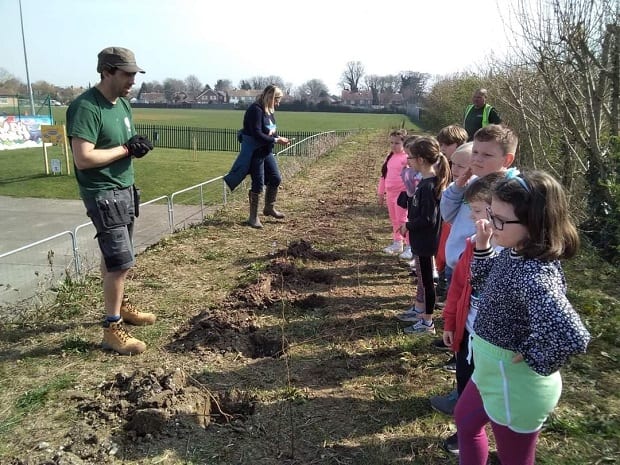
Thanet nature expert Nik Mitchell, from Minster, runs the Wildlife Conservation in Thanet page on facebook:
A hedge is much more than a fence or boundary of closely growing bushes or shrubs. Hedges are an incredibly important and exciting part of our landscape and sadly since World War II we have lost 50% of them.
After the war there were actually government grants in place to encourage farmers to pull out hedges in order to open up their fields, as mechanisation came in and farming intensified. The plan was to ensure that Britain was self-sufficient in food.
Loss of hedgerows has been identified as a factor in the decline of many plant and animal species. They actually provide habitat for around 80% of our woodland birds, 50% of our animals and even 30% of our butterflies. In all over 1500 different insects rely on hedges. The ditches and banks associated with hedges also provide habitat for frogs, toads and newts.

Like trees, Hedges also clean our air, absorb pollution, reduce flooding, capture carbon, stabilise soil, provide shade, provide shelter, provide frost barriers and offer fruits and nectar.
Hedges come in many shapes and sizes. They consist of many species such as hawthorn, blackthorn, field maple, Alder, Beach, Bird Cherry, Hazel, dog rose and more. (The all-too-common standard privet and laurel hedges don’t have so many wildlife benefits).
When you take a good look at a hedge you’ll realise they are very much a man-made part of the landscape. They need to be maintained by us, if not they would just turn into trees. General good practice is to imagine your hedge in three sections and only cut one third each year (not between February and August).

Aside from the standard hedges you can get dead hedges and my favourite type of hedge which is a laid hedge. Hedgerows are incredibly special and were generally planted as boundaries and to provide shelter for livestock, in fact the first hedges enclosed land for crops during the Neolithic Age (6000 years ago).
Fortunately, the majority of hedges in the UK that are over 30 years old are protected by law and of course any hedge containing a birds nest is also protected by law under the wildlife and countryside act of 1981.
We really need to start getting native hedging planted again, they are just as important as planting trees. They bring us so many benefits.

In March I had the pleasure of taking part in a hedge planting project with Minster Parish Council and Minster primary school. An 80m long bund was planted out with 450 saplings. The species were Hawthorn, Common Alder, Guelder Rose, Blackthorn, Bird cherry, Dog Rose.
If you’re planning the garden use hedges for your boundaries – they are good for wildlife, the environment and therefore good for you.

